Mst Shamima Nasrin
COVID_MTNet: COVID-19 Detection with Multi-Task Deep Learning Approaches
Apr 18, 2020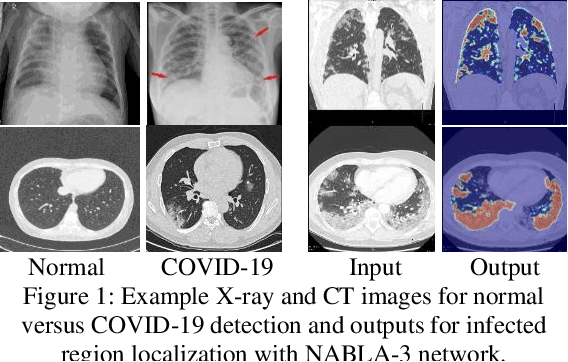
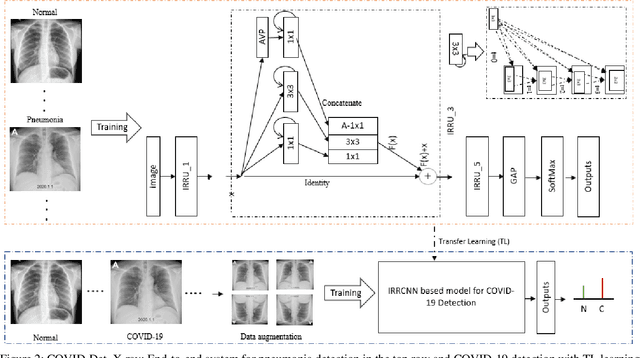
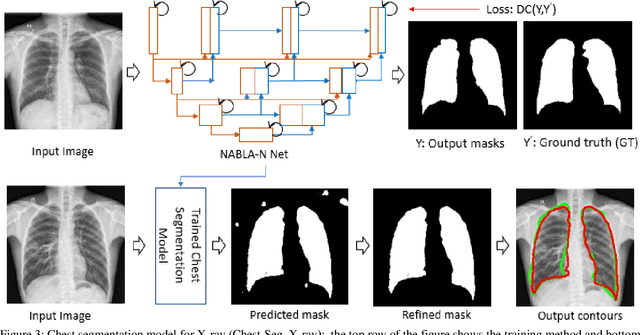
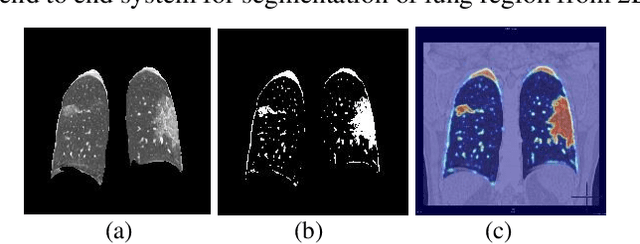
Abstract:COVID-19 is currently one the most life-threatening problems around the world. The fast and accurate detection of the COVID-19 infection is essential to identify, take better decisions and ensure treatment for the patients which will help save their lives. In this paper, we propose a fast and efficient way to identify COVID-19 patients with multi-task deep learning (DL) methods. Both X-ray and CT scan images are considered to evaluate the proposed technique. We employ our Inception Residual Recurrent Convolutional Neural Network with Transfer Learning (TL) approach for COVID-19 detection and our NABLA-N network model for segmenting the regions infected by COVID-19. The detection model shows around 84.67% testing accuracy from X-ray images and 98.78% accuracy in CT-images. A novel quantitative analysis strategy is also proposed in this paper to determine the percentage of infected regions in X-ray and CT images. The qualitative and quantitative results demonstrate promising results for COVID-19 detection and infected region localization.
The History Began from AlexNet: A Comprehensive Survey on Deep Learning Approaches
Sep 12, 2018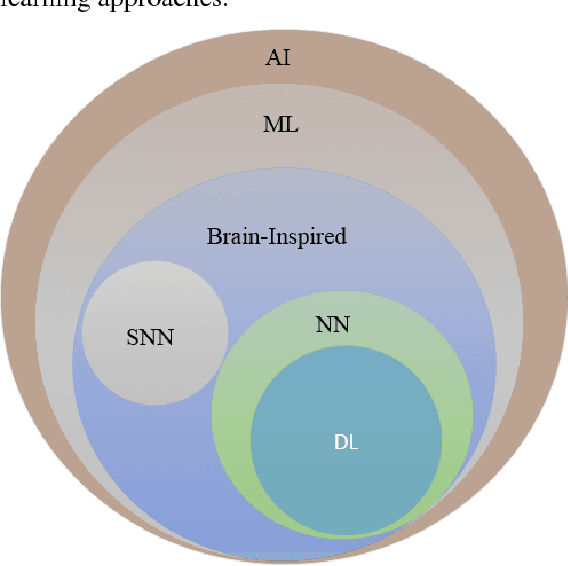
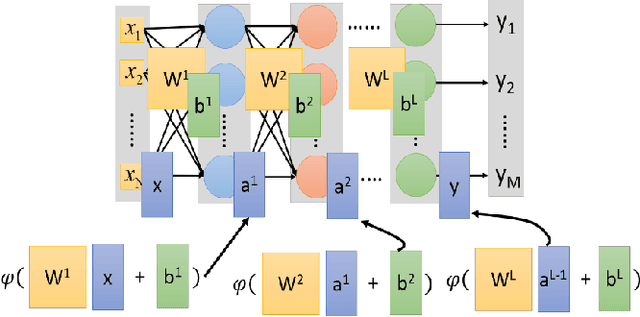
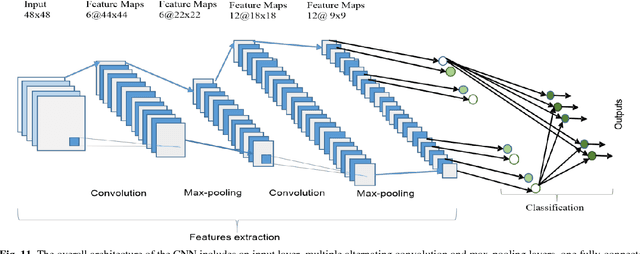
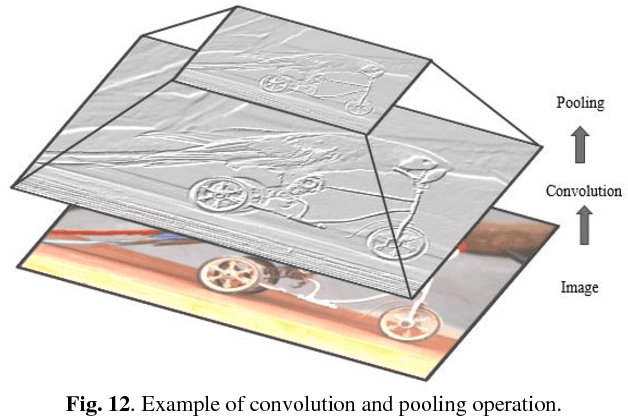
Abstract:Deep learning has demonstrated tremendous success in variety of application domains in the past few years. This new field of machine learning has been growing rapidly and applied in most of the application domains with some new modalities of applications, which helps to open new opportunity. There are different methods have been proposed on different category of learning approaches, which includes supervised, semi-supervised and un-supervised learning. The experimental results show state-of-the-art performance of deep learning over traditional machine learning approaches in the field of Image Processing, Computer Vision, Speech Recognition, Machine Translation, Art, Medical imaging, Medical information processing, Robotics and control, Bio-informatics, Natural Language Processing (NLP), Cyber security, and many more. This report presents a brief survey on development of DL approaches, including Deep Neural Network (DNN), Convolutional Neural Network (CNN), Recurrent Neural Network (RNN) including Long Short Term Memory (LSTM) and Gated Recurrent Units (GRU), Auto-Encoder (AE), Deep Belief Network (DBN), Generative Adversarial Network (GAN), and Deep Reinforcement Learning (DRL). In addition, we have included recent development of proposed advanced variant DL techniques based on the mentioned DL approaches. Furthermore, DL approaches have explored and evaluated in different application domains are also included in this survey. We have also comprised recently developed frameworks, SDKs, and benchmark datasets that are used for implementing and evaluating deep learning approaches. There are some surveys have published on Deep Learning in Neural Networks [1, 38] and a survey on RL [234]. However, those papers have not discussed the individual advanced techniques for training large scale deep learning models and the recently developed method of generative models [1].
Bangla License Plate Recognition Using Convolutional Neural Networks (CNN)
Sep 04, 2018



Abstract:In the last few years, the deep learning technique in particular Convolutional Neural Networks (CNNs) is using massively in the field of computer vision and machine learning. This deep learning technique provides state-of-the-art accuracy in different classification, segmentation, and detection tasks on different benchmarks such as MNIST, CIFAR-10, CIFAR-100, Microsoft COCO, and ImageNet. However, there are a lot of research has been conducted for Bangla License plate recognition with traditional machine learning approaches in last decade. None of them are used to deploy a physical system for Bangla License Plate Recognition System (BLPRS) due to their poor recognition accuracy. In this paper, we have implemented CNNs based Bangla license plate recognition system with better accuracy that can be applied for different purposes including roadside assistance, automatic parking lot management system, vehicle license status detection and so on. Along with that, we have also created and released a very first and standard database for BLPRS.
 Add to Chrome
Add to Chrome Add to Firefox
Add to Firefox Add to Edge
Add to Edge